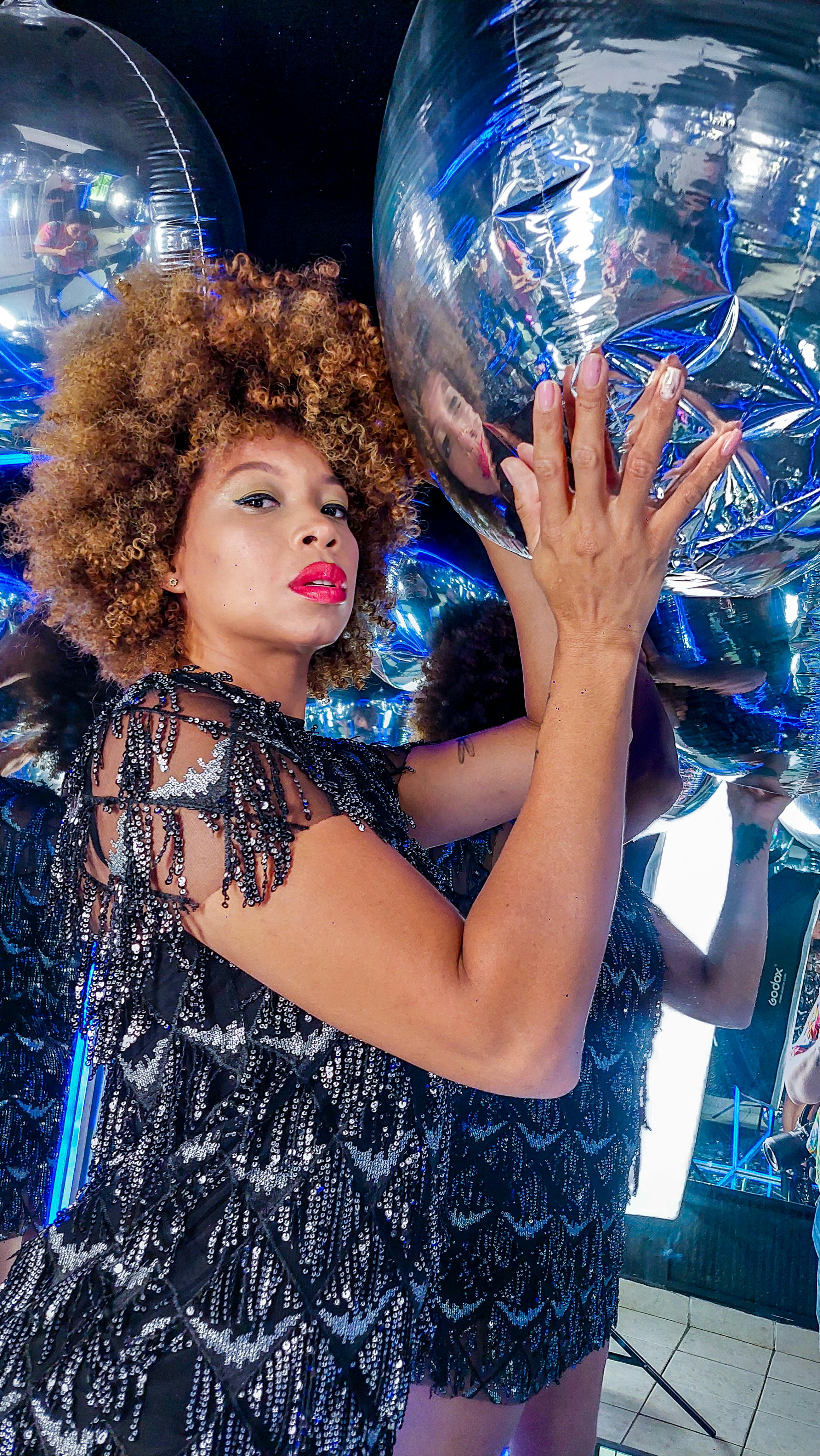
Top 5 Creative Ways to Design a Super Why Logo in 2025
Creating a visually compelling logo that resonates with children and embodies the essence of educational branding is pivotal for any educational TV show. The Super Why logo stands as a prime example of how effective branding can foster literacy promotion and engage young minds in learning. As we approach 2025, it's essential to explore creative avenues that reflect contemporary trends in graphic design for kids while remaining focused on principles of vibrant design. In this article, we will delve into five innovative approaches to design a children's logo for the Super Why franchise, ensuring it is both eye-catching and emblematic of its educational mission.
The Super Why logo isn't just any logo; it's a powerful tool that communicates brand identity and embodies the spirit of children's education. By thinking outside the box and utilizing these creative strategies, designers can develop a logo that not only captivates but also educates. Let's explore these dynamic design strategies that blend creativity and functionality for a memorable logo in the evolving landscape of kids programming.
Incorporating Playful and Engaging Characters
Building a logo around engaging characters is fundamental for connecting with young audiences. Kids are naturally drawn to friendly and relatable characters that embody the value of the show. By revolving the Super Why logo design around animated characters from the series, you can create a visual representation that speaks directly to children. Characters like Whyatt, the lead, can be integrated into the logo to not only enhance recognition but also to create an emotional connection.
Character Integration Techniques
Consider using techniques that reflect character traits and story arcs within the logo. For instance, employing playful poses or expressions can convey excitement, making the logo more inviting. Visual storytelling through your logo helps encapsulate the show's values of literacy and learning in a fun format.
Color Psychology in Character Design
Utilizing logo color psychology is crucial when designing character logos. Bright, vivid colors such as greens and blues can symbolize positivity and trust while capturing the child’s attention. Each color can also represent different character attributes, creating an intuitive connection for children when they encounter the logo.
Dynamic Character Implementations
Incorporating movement within static logos can amplify engagement. You may consider a dynamic logo design that implies movement, especially if it’s aimed toward digital media. Characters that seem to leap from the logo can hint at action, encouraging kids to engage with the content actively.
Emphasizing Educational Messaging Through Visual Storytelling
An effective logo does more than look good; it tells a story. For the Super Why logo, integrating elements that highlight literacy promotion can provide educational clarity while engaging children. Using symbols like books or magnifying glasses within the logo can immediately signal its educational purpose.
Iconic Education Symbols
Utilizing recognizable symbols associated with education can enhance the logo's message. For instance, including an open book can symbolize storytelling and knowledge, reinforcing the show's commitment to literacy.
Interactive Logo Features
In the digital age, considering how children interact with logos is essential. An interactive logo could engage young viewers more deeply. Imagine a logo that changes color or animation when hovered over or clicked, tying in with themes of play and participation. This encourages cognitive engagement, creating a memorable encounter between the child and the brand.

Brand Identity Consistency
When designing the logo, it’s critical to maintain brand identity consistency across various platforms. Make sure that any core design elements, including colors, character styles, and imagery, remain uniform to strengthen brand recognition. Adherence to established branding strategies ensures that even when the logo evolves, it remains unmistakably associated with the Super Why series.
Implementing Unique Logo Concepts
To keep the logo fresh and relevant, it’s essential to explore unique logo concepts. This involves brainstorming ideas that align with modern trends in children’s media while still being visually simple and appealing for kids. A well-designed animated logo can attract viewers' attention while effectively showcasing the learning objectives of the show.
Responsive Logo Design
Adapting the logo to various formats and screen sizes is a significant consideration. A responsive logo design can successfully transition from large screens to mobile devices, ensuring visibility across all educational platforms. This adaptability allows the logo to engage audiences regardless of how they access content.
Finding Inspiration from Famous Children's Characters
Look to iconic logos from other famous children’s characters as sources of inspiration. Analyze what makes these logos effective in engaging kids and communicating their messages. You may draw from their simplicity, color schemes, or character portrayals to inform your own unique design.
Implementing Branding Feedback
Involve children and parents in the logo feedback process. Gaining insights through focus groups can shed light on perceptions and preferences, guiding you in creating a logo that resonates with the target audience effectively. This hands-on approach uses real opinions to shape the branding strategy.

Incorporating Logo Animation for Enhanced Engagement
Finally, in 2025, consider the prospects of incorporating animation into the Super Why logo design. Animated logos have gained traction in recent years for their ability to capture attention and enhance engagement. By animating elements of the logo, you can bring characters and educational themes to life, creating a memorable viewing experience.
Animated Logos as Learning Tools
The integration of animation can transform static logos into educational tools. For example, using animated characters to demonstrate literary concepts can amplify the learning experience, emphasizing the educational value of the show while reinforcing brand identity. This aligns with the principles of promoting children’s literacy and educational content effectively.
Engaging Children with Dynamic Elements
Design elements that include movement can make a logo stand out significantly. Animation that depicts animated characters in action or demonstrating key learning points can pique children’s interests and reinforce the educational core of the program.
Balancing Fun with Educational Clarity
While infusing playfulness into your logo is important, maintaining clarity in messaging is critical. The logo must still communicate its core educational purpose amidst its dynamic design. This balance ensures that while children are engaged and entertained, they also understand the educational themes the Super Why show embodies.
By implementing these creative strategies into the Super Why logo design, you can create a brand identity that resonates not only with children but also with parents seeking quality educational content. As the landscape of children’s media continues to evolve, staying ahead with innovative designs ensures lasting impact and engagement.
Each approach discussed here emphasizes the importance of engaging designs, vibrant characters, and interactive experiences for children, reinforcing the core mission of the Super Why educational TV show.